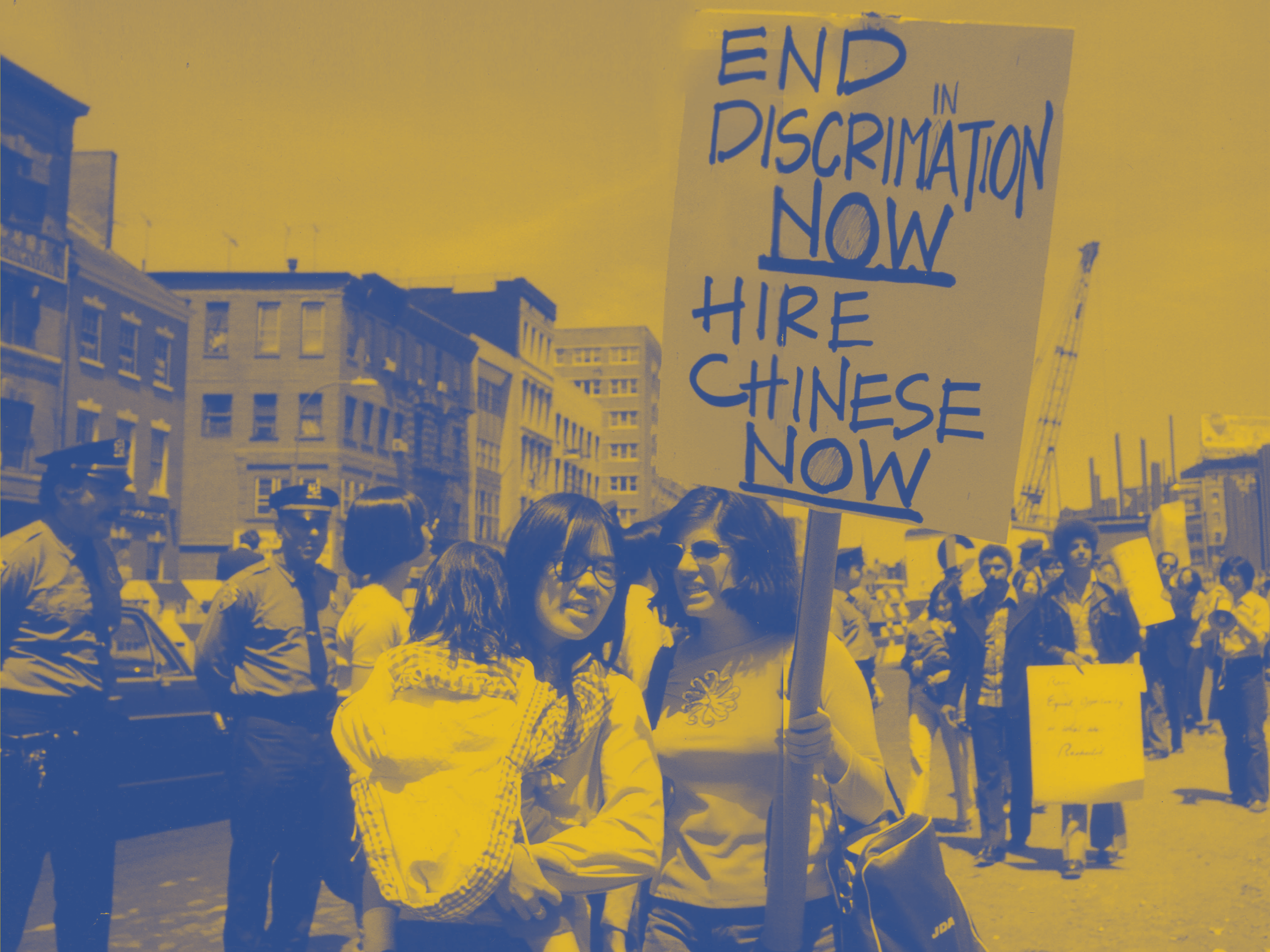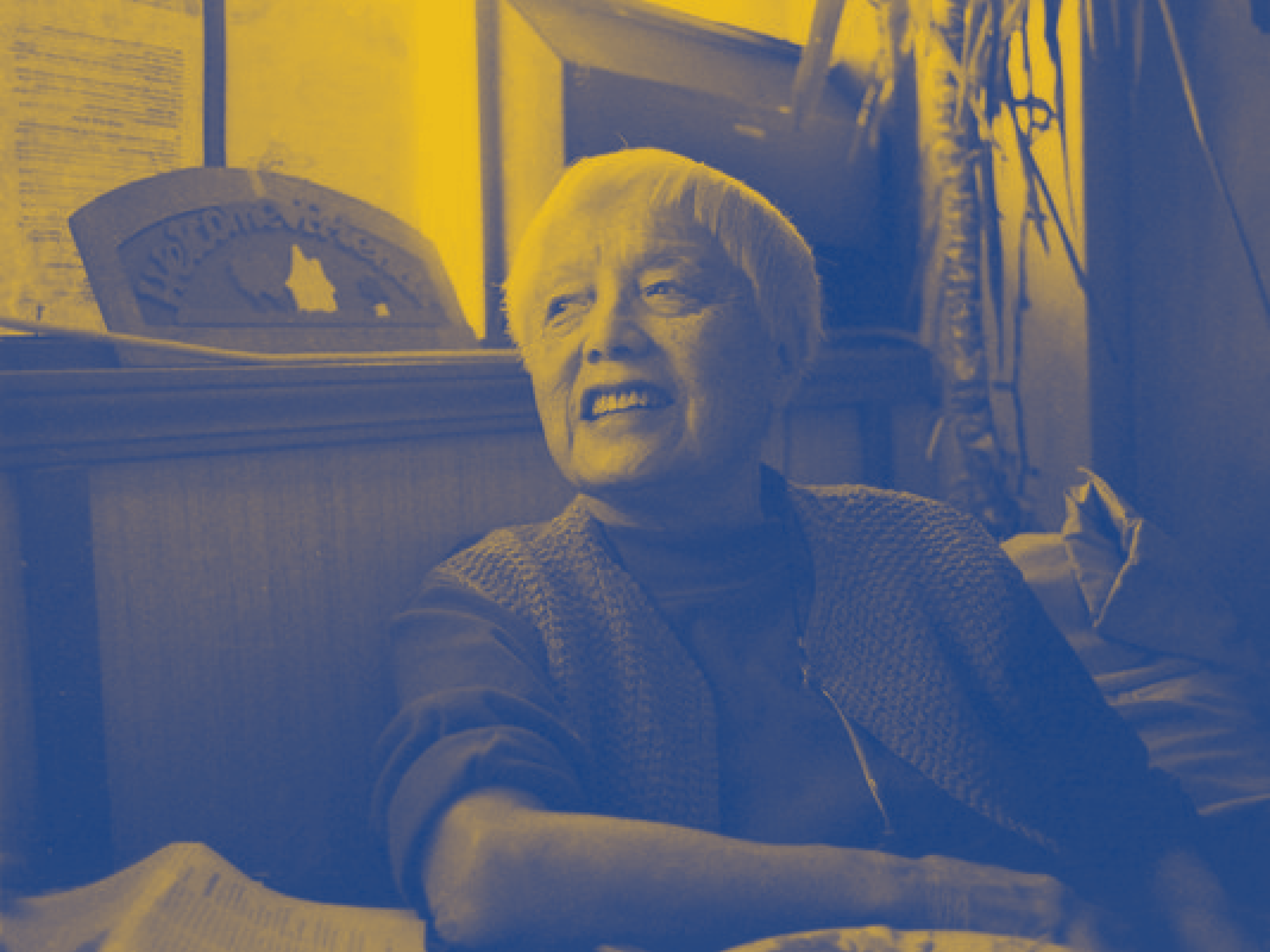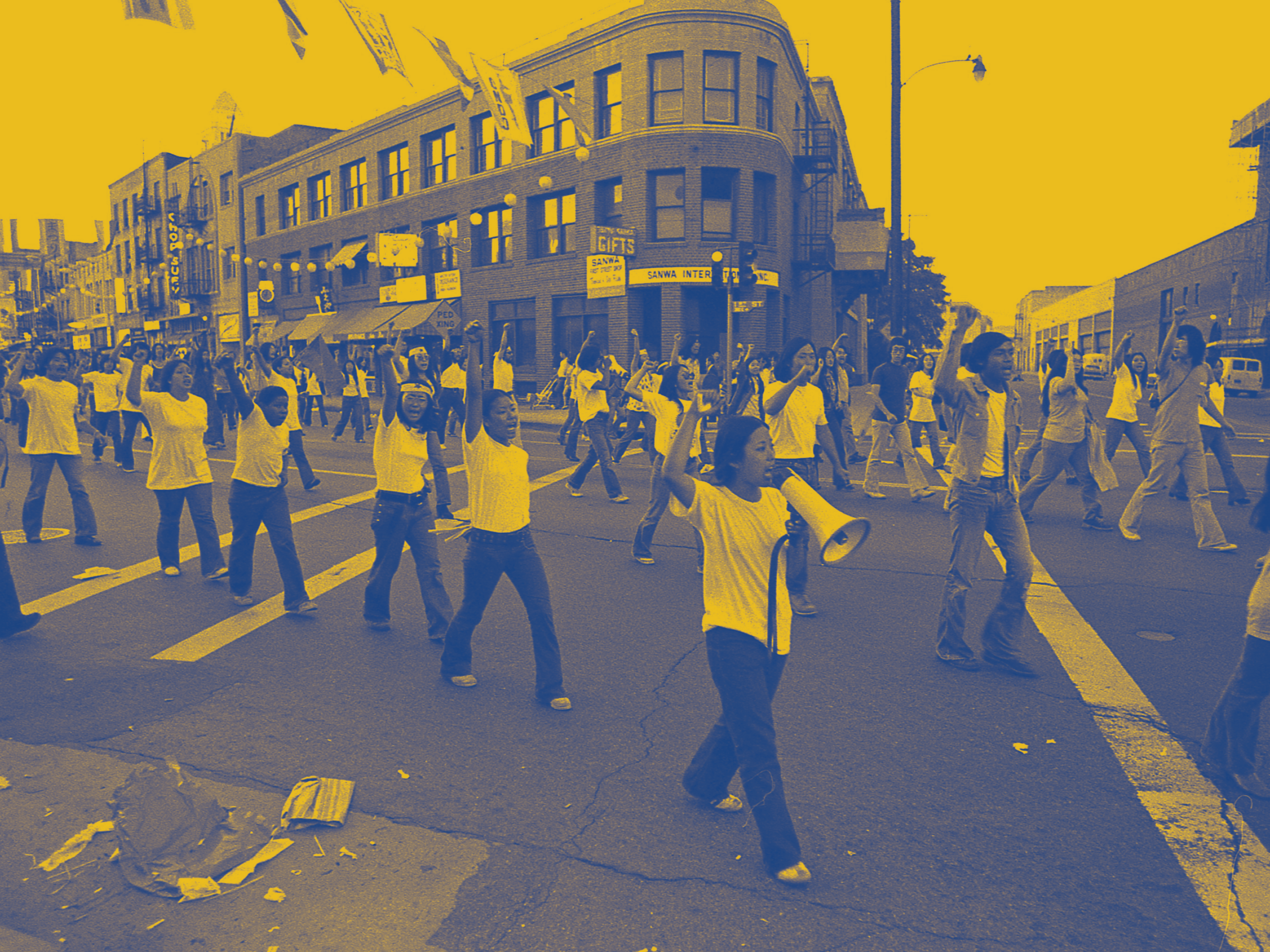
"Its founding principle of coalition politics emphasizes solidarity among Asians of all ethnicities"
Introduction 1960-1980
The Asian American movement was a sociopolitical movement in which the widespread grassroots effort of Asian Americans effected racial, social and political change in the U.S, reaching its peak in the late 1960s to mid-1970s. During this period Asian Americans promoted antiwar and anti-imperialist activism, directly opposing what was viewed as an unjust Vietnam war. The AAM differs from previous Asian American activism due to its emphasis on Pan-Asianism and its solidarity with U.S. and international Third World movements such as the Third World Liberation Front (TWLF).



